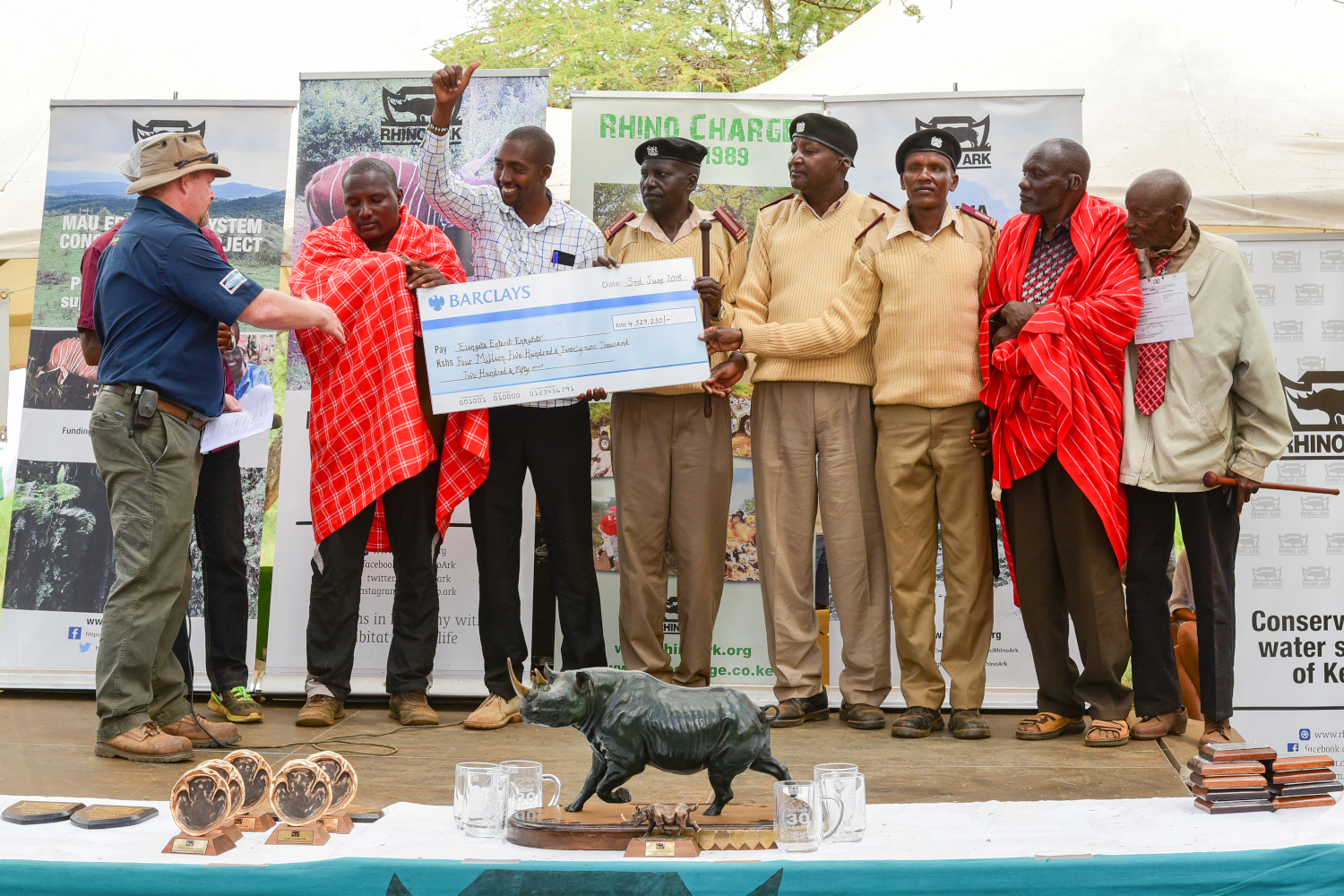[dropcap]P[/dropcap]roceeds from this year’s off-road motorsport-cum-conservation fundraising event will partly benefit Kakamega Forest in Western Kenya.
Over the last three decades, the annual Rhino Charge event has raised upwards of Ksh 1.5 billion, which have been used in fencing the Aberdare, Mt Kenya, and Mau Forests Complex.
A total of 58 competing cars have registered to participate in the event to be held on Madaraka Day at an undisclosed location in the untamed wilds of Northern Kenya.
This year’s Rhino Charge main events are as follows:
• Friday, 31st May – Scrutineering (car inspection)
• Saturday, 1st June – Rhino Charge
• Sunday, 2nd June – Prize-giving
Plans for the eventual fencing of Kakamega Forest are at an advanced stage with key contributions from Kakamega County (Ksh 100 million), Vihiga County (Ksh 30 million) and the conservation charity Rhino Ark (Ksh 100 million). The only equatorial rainforest found in Kenya, the forest encloses a total area of about 24,819 hectares of forest gazetted as forest and national reserves.
The eventual electrified fence will be 117 kilometres in length. The forest has a rich ecological density in animal, bird and plant species, with 385 species of plants not found elsewhere in Kenya.
Rhino Ark CEO Christian Lambrechts confirmed the new plans, saying that following the finalization of the concept proposal, Rhino Ark and Kenya Wildlife Service developed terms of reference for an Environmental and Social Impact Assessment Study, which were endorsed by the National Environment Management Authority (NEMA). Rhino Ark is financing the ESIA, which will start in a couple of weeks.
The remarkable story of Kenya’s conservation of water towers has come a long way since the first Rhino Charge was held in Suswa, Narok, in 1989.
The purpose of the initial event was to raise money for the newly established Rhino Ark Charitable Trust to support fencing. This was in response to the escalating threat of poaching in the salient of the Aberdare National Park. The Trust was committed to saving the park’s dwindling rhino population as well as mitigating human-wildlife conflict.
The Rhino Charge has since grown from these humble origins into not only a world renowned off-road motorsport, but also, and primarily, a major fund raising activity for the conservation of Kenya’s mountain forests, also known as ‘Water Towers’ for being the main sources of water.
All the money goes to support Rhino Ark, the charitable trust that supports conservation in Kenya, that has been building lasting benefits for the forest edge communities in these areas.

When Rhino Charge was first held on February 4, 1989, two small Suzuki were among the top three winners in a not so well known competition that attracted 31 vehicles. Today, the event features ‘monster’ machines, whose power was recently tamed through restriction on tyre size.
On the other hand, no restriction has been put on maximum financial contribution by individual competitors, making the race for the highest fund raiser even more exciting.
[Related: Kenyan journalist highlights conservation dilemma]
It is amazing the journey the chargers have travelled and the impact the money they have been raising has made. Few would believe that an idea conceived by three visionary individuals, namely Ken Kuhle, Rob Combes and Brian Haworth, would bring such incredible changes in the way one nation conserves the sources of its water. From Ksh 250,000 a year raised in the first charge three decades ago, the event crossed the Ksh 100 million a year mark recently, bringing a cumulative figure of more than Ksh 1.5 billion.
From this large sum of money, Rhino Ark has managed to built a historic 400-km electric fence around the Aberdare, have completed the first comprehensive fence in the Mau Forests Complex and started to erect an even longer fence around Mt Kenya. All these fences have restored harmony between people and wildlife. They have also been instrumental in re-engaging communities in conservation, which has helped address the recent poaching crisis.
A record Ksh 183 million was raised by last year’s Rhino Charge, with Peter Kinyua, the chairman of Kenya Forest Service in competing car 23 as top fundraiser. The Rhino Charge, the world’s toughest one-day off-road competition, takes part in a remote area of the country and is acknowledged to be the toughest off-road motorsport on the African continent and, possibly the world.
In addition to the direct cash contribution to the host community derived from the Landowners Access Fee, the Rhino Charge helps profile the tourism and conservation potentials of the host conservancy.

The Rhino Charge is organised by a committee of professionals who voluntarily prepare and run the event every year. It’s held in a different location each year in a remote and wild part of Kenya. The event location is kept secret until few days before the event to prevent competitors from being tempted to rehearse at the site ahead of time, getting undue advantage over others.
The public private partnership framework, which has characterised the relationship between Kenya Wildlife Service, Kenya Forest Service, Kenya Water Towers Agency, Rhino Ark and local communities, has been a successful vehicle to bring sustainability in conservation efforts.
Read: Your SME is likely to thrive if its located in this county
At the centre of this thriving partnership is the Rhino Charge, which remains a consistent key source of funding. Through the event, thousands of Kenyan citizens and companies and their friends overseas contribute to conservation activities. This is supplemented by funding from the government.













Leave a comment